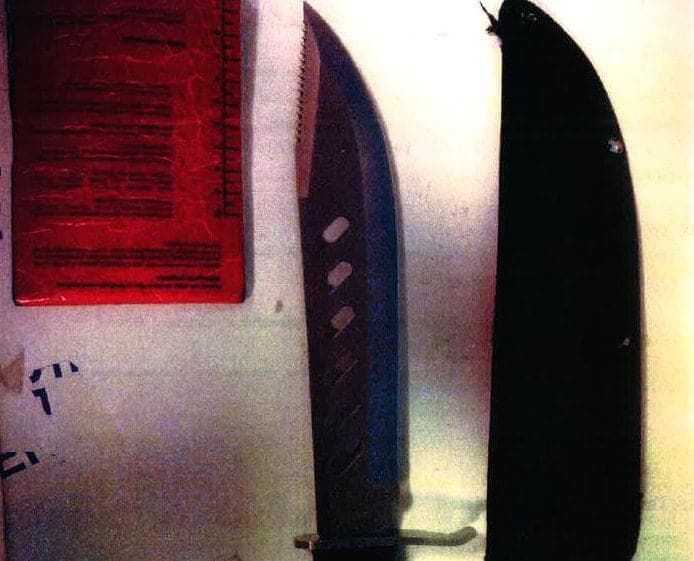
The violent crimewave sweeping London could be bad news for children taking exams in the capital this summer, according to new research.
The study suggests that exposure to violent crime can lower test scores by up to 10 per cent – even for children who don’t experience it.
American researchers found that children who attend school with many kids from violent neighbourhoods can earn “significantly lower” marks than their peers with classmates from safer areas.
In schools where more youngsters have a high exposure to violence, their classmates score as much as 10 per cent lower on annual standardised maths and reading tests.
Study lead author Doctor Julia Burdick-Will, an Assistant Professor in sociology at Johns Hopkins Univesity in the US, said: “Exposure to neighbourhood violence has a much bigger impact that we think it does.
“It seeps into places that you don’t expect. It can affect an entire school and how it’s able to function.”
Dr Burdick-Will studied students who attended Chicago Public Schools from 2002 to 2010, analysing administrative figures from the school system, crime statistics from the Chicago Police Department and school surveys.
She looked at five groups of students who were freshmen between the autumn of 2002 and 2006, and followed each student for up to four years.
Dr Burdick-Will found high school students in Chicago public schools experience, on average, about 70 violent crimes a year within a few blocks of their homes.
But children with high levels of exposure to violence often experienced double that figure.
The crimes included murder, sexual assaults, assaults, and robberies.
About half of the students studied were African American and about a third were Hispanic.
But schools with students who experienced high levels of neighbourhood violence were more than 94 per cent African American.
Because Chicago offers students the option of attending school anywhere in the city, students often commute to schools across town.
Dr Burdick-Will explained that students from nearly every neighbourhood attend nearly every school, meaning that the experience of violence that Chicago students face where they live does not necessarily remain in their neighbourhood, but is taken with them all over the city where they attend school.
She said previous research showed that children living in violent areas experience trauma that makes them more difficult to teach and is related to an increased likelihood of high school dropout and low test scores as well as depression, attention problems, and discipline issues.
But what hadn’t been found previously was that students who are in the same classes as these children also don’t learn as well, scoring as much as 10 per cent lower on annual tests.
Dr Burdick-Will said that it’s possible the effects build over time.
She said: “This is just one year – we don’t know what the cumulative effects are.
“If you score 10 per cent lower in just one year, you’re that much less prepared for the next year. Ten per cent less growth in a year is a pretty big deal.”
Dr Burdick-Will said Chicago’s crime rates are comparable to those in Baltimore, St. Louis, Philadelphia, Houston and Miami, and it is possible that schools in those cities have similar issues.
She added: “Dealing with urban violence has ripple effects we’re only starting to understand.
“We can’t think about violence as something happening to kids in an isolated part of the city where I don’t live. That’s just the tip of the iceberg.
“High crime rates may be concentrated in specific areas, but their effects can be felt in schools all over the city.”
The findings were published in the journal Sociology of Education.
https://www.thelondoneconomic.com/news/blood-young-people-hands-former-police-officers-jaw-dropping-response-spike-young-violent-crime-needs-seen/03/01/
https://www.thelondoneconomic.com/news/knife-crime-increases-22-in-england-wales/26/04/